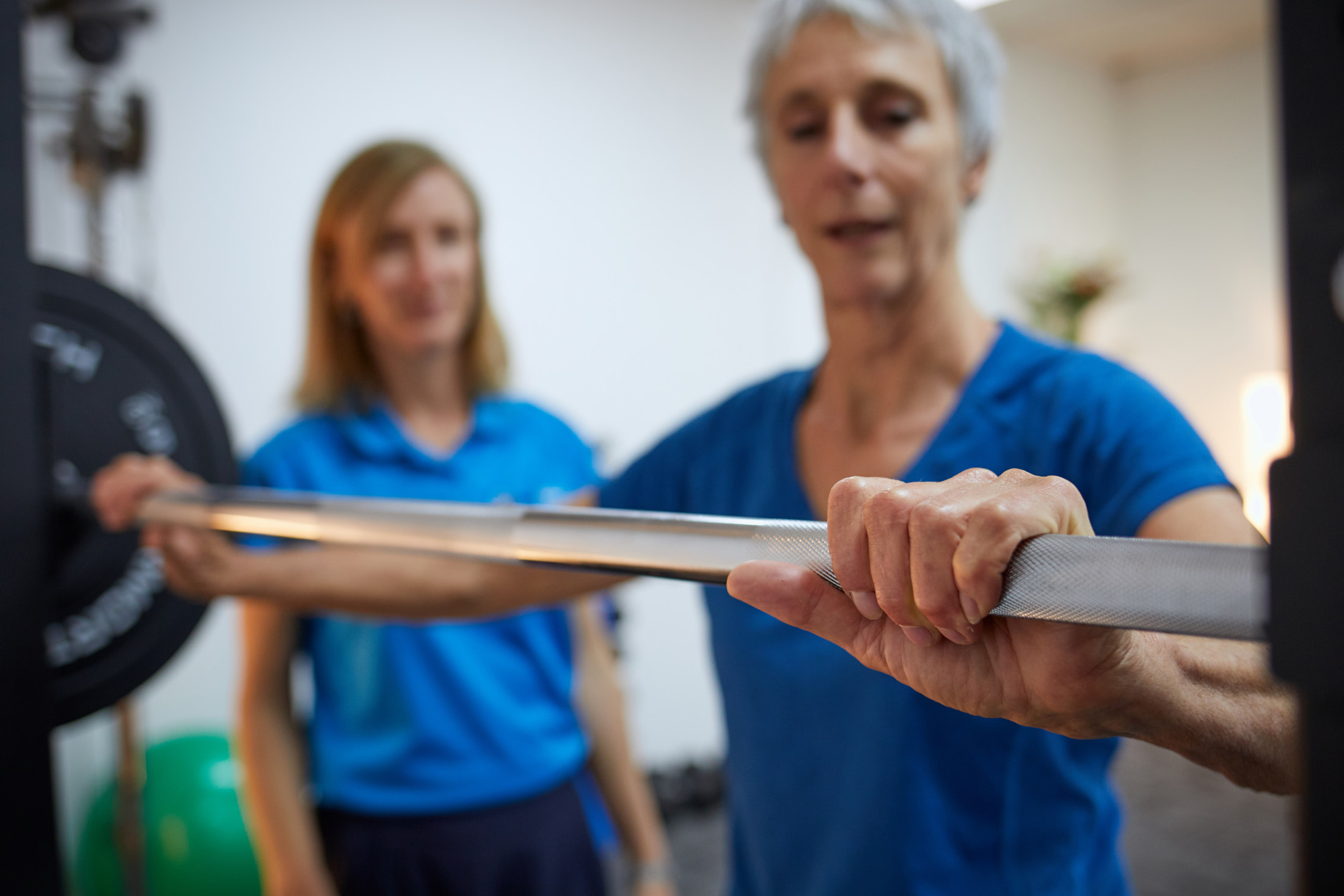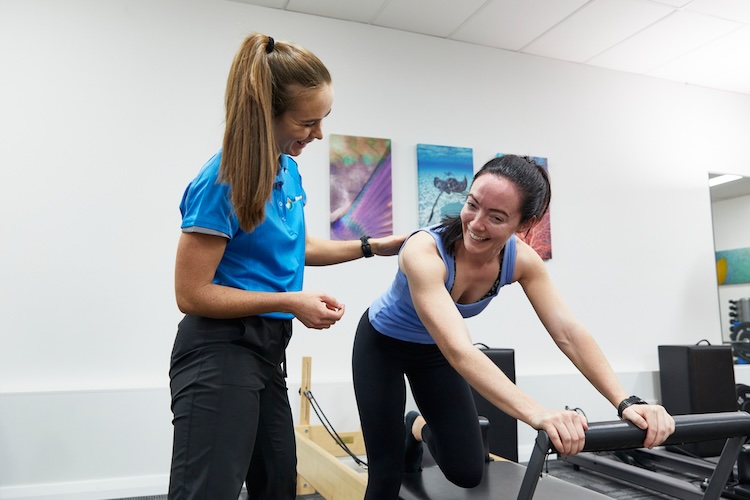People who experience pain on an ongoing basis are often faced with a dilemma of whether to move or not to move? It’s a dilemma because both ‘doing’ activity and ‘not doing’ activity can lead to pain.
Movement defines who we are by enabling us to carry out our daily activities, our work and leisure pursuits. If pain, fear and/or low energy stop us from moving, then who we are? What is our life about?
Pain Game of Life
People with chronic or persistent pain often feel there is only a choice between resting or getting on with the day. Each choice make sense but are not always helpful because both moving and not moving results in increased pain or a ‘pain flare’.
What happens when you do less and rest?
-
Doing nothing leads to a ‘Rest and Rust’ pattern where you have less movement without pain and life choices seem limited.
-
Doing nothing can lead to boredom and depression, which can make the pain worse.
-
Doing less, can reduce your fitness levels which means that it takes less and less activity to trigger your pain and more susceptible to future injury.
What happens when you do too much?
-
Doing too much leads to a ‘Boom and Bust’ pattern where a period of productive activity (boom) usually needs rest (bust) afterwards for hours or even days.
-
Doing more than you can handle and battling through the pain can be counter productive and leave you suffering from the over-exertion and ‘flare up’. This pushing through the pain is also an ‘All pain no gain” pattern, which can eventually stops all activity.
Goldilocks Approach
There is another choice that many people do not consider. It’s what I call the Goldilocks approach, where you move in the ‘just the write way to get the most out of an activity’. It’s a middle ground between doing too much and doing too little. It’s about pacing your activity throughout the day and the night.
The Goldilocks approach changes the Pain Game of Life, it stops focusing on whether “to move or not to move”. Instead it asks the question “to be or not to be?”
This famous quote by Shakespeare is Hamlet musing about the comparison between the pain in life and fear of death. Pain is an inevitable part of life. If we avoid it (do less) or ignore it (do more), it will still be there. If we try really hard to get rid of it, it will still be there.
Research shows that when we drop the struggle pain starts to reduce as a by-product. When we start to focus on what matters to us and understand our pain experience we can begin ‘to be’… to live a life worth living!
Occupational Therapy Pain Care
An occupational therapist can help you understand your pain, and work with you to develop successful pain management strategies so you can fully participate in life again.
To begin with you may feel a bit like a goldilocks; trying out different ways of dong things, finding the write balance between doing too much or too little. But in relatively little time you stop asking the question, should I move or not move? Instead you start to feel more confident, in control and able to live well.
Written by Sasha Wray, Occupational Therapist and Naturopath with a passion for helping people live well. Sasha has special interest in treating muscle pain, chronic pain, sleep & mental health concerns. She is a registered provider of focused psychological therapy and pain care under Medicare Health Initiatives.
Copyright Next Wave Therapy







